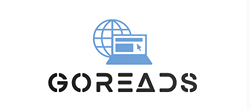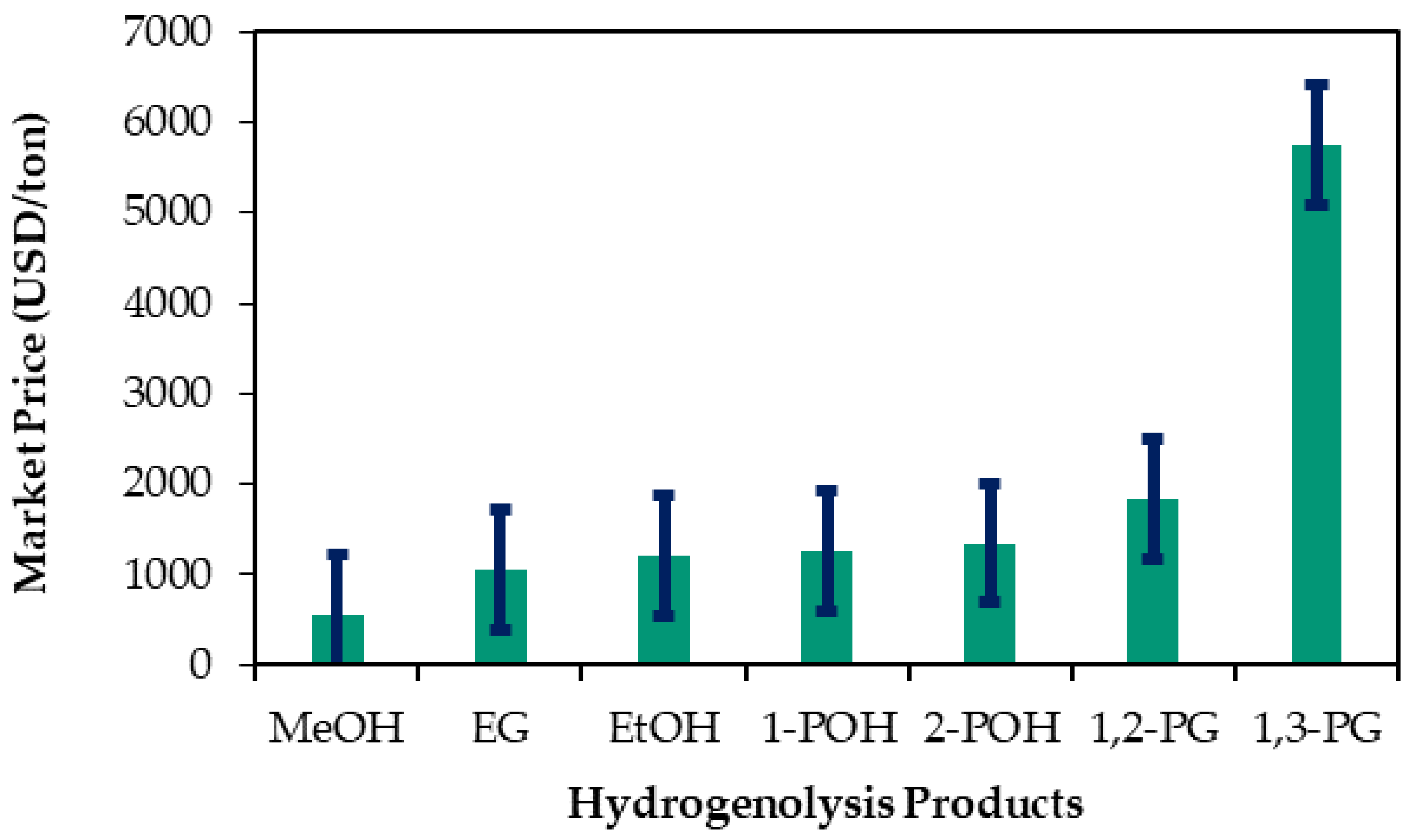Propylene oxide is a key chemical compound used in various industries such as automotive, construction, textiles, and packaging. It is primarily used as a raw material for the production of polyurethane, propylene glycol, and glycol ethers. As with any commodity, propylene oxide prices are subject to fluctuations influenced by several factors. In this article, we will delve into the key factors that impact propylene oxide prices and explore the current market trends.
Factors Influencing Propylene Oxide Prices
Propylene oxide prices can be influenced by a multitude of factors, ranging from global economic conditions to supply and demand dynamics within the chemical industry. Let’s take a closer look at the main factors that drive propylene oxide prices.
1. Raw Material Costs
The cost of raw materials, such as propylene and chlorine, plays a significant role in determining propylene oxide prices. Any fluctuations in the prices of these inputs can directly impact the overall production cost of propylene oxide. For instance, if the price of propylene, the primary feedstock for propylene oxide, increases, it can lead to an upward pressure on propylene oxide prices.
2. Supply and Demand Dynamics
Supply and demand dynamics have a substantial influence on propylene oxide prices. When the demand for propylene oxide exceeds the available supply, prices tend to rise. Conversely, if the supply surpasses the demand, prices may decrease. Factors such as industrial growth, consumer demand, and the overall economic climate can impact the demand for propylene oxide and subsequently affect its prices.
3. Market Competition
The level of competition in the propylene oxide market can have a direct impact on prices. When there are multiple suppliers and manufacturers of propylene oxide, competition intensifies, leading to a downward pressure on prices as companies strive to attract customers and gain market share. On the other hand, in a scenario where there are limited suppliers, prices may increase due to the reduced competition.
4. Technological Advancements
Technological advancements in the production of propylene oxide can influence its prices. The development of more efficient and cost-effective production methods can lead to a decrease in production costs, which may result in lower prices for propylene oxide. Additionally, advancements in catalyst technology can enhance the yield and quality of propylene oxide, further impacting its market prices.
5. Energy Prices
Energy prices, particularly those of natural gas and electricity, can significantly affect the cost of manufacturing propylene oxide. The production process of propylene oxide is energy-intensive, and any fluctuations in energy prices can have a direct impact on the overall production cost. Higher energy prices can lead to an increase in propylene oxide prices, while lower energy costs can potentially result in price reductions.
6. Trade Policies and Regulations
Trade policies and regulations imposed by governments can impact the import and export of propylene oxide, thereby influencing its prices. Tariffs, duties, and trade agreements can either restrict or facilitate the movement of propylene oxide across borders. Any changes in trade policies or the imposition of trade barriers can disrupt the supply chain and affect propylene oxide prices.
Propylene Oxide Prices: Current Market Trends
Currently, the propylene oxide market is experiencing a steady growth trajectory, with prices exhibiting relative stability. The following trends have been observed in the market:
- Increasing Demand: The demand for propylene oxide continues to rise due to its widespread applications across industries. The automotive and construction sectors, in particular, are witnessing a surge in demand for propylene oxide-based products.
- Regional Variations: Propylene oxide prices can vary across different regions due to variations in supply and demand dynamics, production capacities, and transportation costs. Market conditions in Asia, Europe, and North America can have a significant impact on global propylene oxide prices.
- Impact of COVID-19: The global pandemic has had both positive and negative effects on propylene oxide prices. Initially, the industry faced disruptions due to supply chain issues and reduced demand. However, as economies recover and industrial activities resume, the demand for propylene oxide is gradually picking up.
- Environmental Regulations: Stringent environmental regulations are increasingly influencing the propylene oxide market. The focus on sustainable practices and the shift towards greener alternatives may impact the future demand and prices of propylene oxide.
- Investments in Capacity Expansion: To meet the growing demand for propylene oxide, several companies are investing in capacity expansion projects. These investments aim to ensure a steady supply and prevent excessive price fluctuations in the market.
Conclusion
Propylene oxide prices are influenced by a range of factors, including raw material costs, supply and demand dynamics, market competition, technological advancements, energy prices, and trade policies. Staying informed about these factors and their impact on the market is crucial for businesses and individuals involved in the propylene oxide industry. As the demand for propylene oxide continues to grow across various sectors, monitoring market trends and pricing dynamics becomes increasingly important for making informed decisions.




